8-Week Beginners Workout for Women
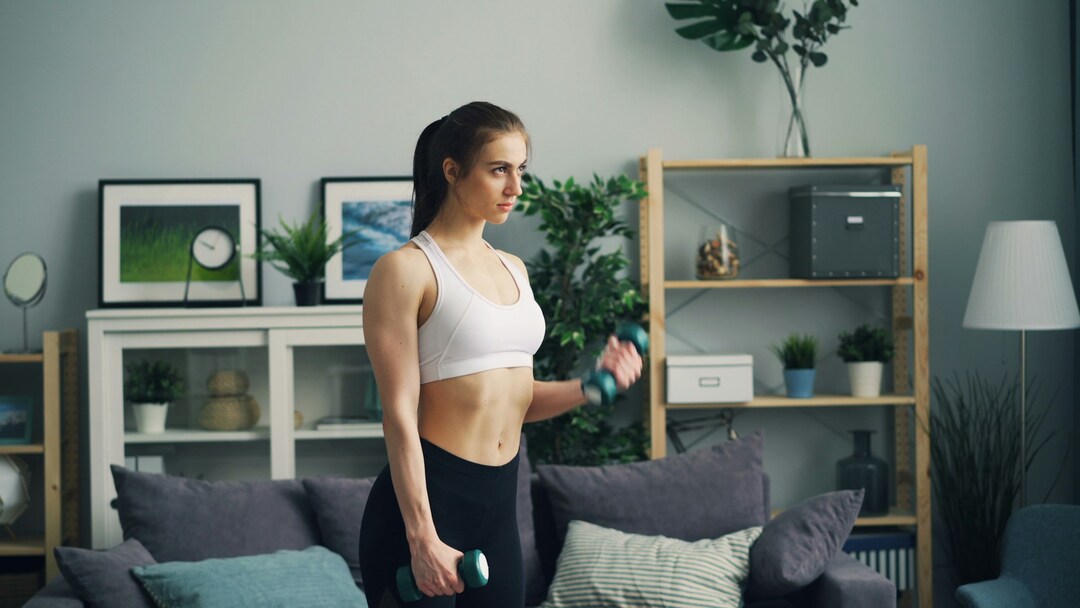
Jumpstart your fitness with this 8-week beginner's plan. Discover the best workout apps for women to stay active, strong, and consistent.
You want to get fit but feel swamped by conflicting advice, crowded gyms, or endless video loops that never quite fit your life. Workout Apps For Women can change that by offering beginner exercises, bodyweight workouts, low-impact cardio, gentle strength training, mobility work, and a simple starter routine you can do at home. Want a plan that teaches proper form, builds consistency, and shows evident progress?
This article offers easy-to-follow warm-up and cool-down tips, a straightforward workout schedule, and step-by-step progressions to help you feel empowered and confident about beginning your fitness journey with a clear, structured plan.
GetFit AI does precisely this. This AI fitness app transforms those ideas into a personalized beginner program, complete with simple home workouts, flexible scheduling, and gentle reminders, helping you build confidence and stick to your plan.
Summary
- An 8-week beginner progression built around full-body sessions three times a week, small weekly load or rep increases, and targeted glute work yielded clear functional gains, with over 80% of participants reporting increased energy after completing the program.
- Consistent progression depends on precise tracking, specifically logging load, rep counts, rest length, and a perceived effort score, as well as one non-scale marker. It also involves following the rule to increase reps within ranges, then adding 2.5 to 5 percent load once the top ranges are achieved.
- Autoregulation and realistic catch-up rules make training sustainable. For example, planning a lighter week five if fatigue accumulates, preserving compound lifts when time is short, and resuming at about 70 to 80 percent of the last completed loads after missed weeks helps reduce the risk of injury.
- Programming should reflect physiological differences, as women have roughly 30% less muscle mass on average and burn about 5 to 10% fewer calories during exercise, which suggests the use of relative progress measures, adjusted pacing, and resistance training as the metabolic anchor.
- Time-efficient rules improve adherence, with 30 minutes per session recommended for beginners. Additionally, 60% of women prefer plans that combine cardio and strength training, and evidence suggests that two well-structured full-body strength sessions per week can increase muscle mass by approximately 25%.
- Simple recovery and fueling choices have the most significant impact, as pre-workout carbohydrates can improve performance by approximately 20%, proper hydration can enhance performance by up to 15%, and consuming 15 to 25 grams of protein within 30 to 90 minutes post-session supports repair and reduces soreness.
- This is where GetFit AI's AI fitness app fits in, by converting athlete-derived routines into personalized progressions, auto-scaling loads and assistance, and sending meal timing and hydration prompts that align with recent workouts.
8-Week Beginners Workout for Women

This 8-week beginner program is a short, repeatable progression that builds strength, movement quality, and habit without overcomplicating things. It utilizes full-body sessions three times a week, a small weekly load or rep increase, and targeted glute work, allowing you to achieve measurable progress while protecting your recovery.
Why Full Body Workouts?
New exercisers, regardless of gender, benefit from full-body training routines that engage multiple muscles simultaneously. Initially, lighter weights are used, which means the stress on muscles is manageable and recovery is faster. Women tend to recover more quickly on average, allowing even better results with this approach. Full-body workouts also burn more calories because they involve multiple muscle groups.
Workout Frequency and Rest
Training three times per week is ideal for beginners. Structure your training days with at least one rest day between sessions to ensure muscle recovery. Whether you set fixed days (e.g., Mondays, Wednesdays, Fridays) or follow an every-other-day pattern, stick to what fits your schedule best. Rest intervals should be 2-3 minutes between sets of compound exercises to maintain strength and performance. For isolation exercises that focus on smaller muscles, shorten the rest period to 60-90 seconds.
Selecting the Right Weight and Intensity
Choose weights that challenge you but don’t push you to total exhaustion. Aim to stop your sets from feeling like you could complete one or two more reps. This approach prevents overtraining and injury while still driving strength gains.
Emphasis on Compound Movements with Glute Focus
The program prioritizes compound exercises, which engage several muscles simultaneously, maximizing efficiency and calorie burn. At the end of each session, incorporate isolation exercises targeting the glutes. This area is a common focus for many women due to its role in strength, posture, and athletic performance. You can substitute these glute exercises for other muscle-specific moves if desired.
Weekly Workout Breakdown
Day 1: Full Body Session
If you can do chin-ups without assistance, progress by adding weight to your routine.
- Romanian Deadlift: 4 sets of 6-8 reps
- Leg Press: 3 sets of 10-12 reps
- Assisted Chin-Ups: 3 sets of 6-8 reps
- Bench Press: 3 sets of 6-10 reps
- Cable Row: 3 sets of 10-12 reps
- Hip Abduction Machine: 2 sets of 15 reps
- Bodyweight Glute Bridge: 2 sets of 30 reps
Day 2: Full Body Session
Drop assistance and add resistance once able.
- Barbell Back Squat: 4 sets of 6-8 reps
- Leg Curl: 3 sets of 10-12 reps
- Barbell Row: 3 sets of 6-8 reps
- Assisted Dips: 3 sets of 6-8 reps
- Lateral Raise: 3 sets of 10-12 reps
- Kettlebell Swing: 2 sets of 25 reps
- Glute Kickbacks: 2 sets of 30 reps per leg
Day 3: Full Body Session
Hip Thrust: 4 sets of 6-8 reps
- Goblet Squat: 3 sets of 10-15 reps
- Lat Pulldown: 3 sets of 8-12 reps
- Barbell Shoulder Press: 3 sets of 6-8 reps
- Assisted Push-Ups: 3 sets of 10-12 reps
- Dumbbell Curl: 2 sets of 12 reps
- Cable Tricep Extension: 2 sets of 12 reps
How do you progress week to week?
Treat each week as a small test. Start by increasing reps within the prescribed ranges. Once you reach the top of a range across all sets, add 2.5 to 5 percent to the load for the following session. Use tempo and pause variations to add stimulus without chasing heavy numbers, and plan a lighter week or reduced volume in week five if fatigue accumulates. This maintains consistent progression and prevents the large jumps that can cause stalled strength or nagging soreness.
What exactly should you track so you stop guessing?
Track load, rep counts, rest length, and a simple perceived effort score for each compound lift, plus one non-scale progress marker like assisted chin-up assistance weight or hip thrust load. The value is evident quickly: according to Trainest, over 80% of participants reported increased energy levels after completing the 8-week program. That outcome is less about vanity and more about a functional return on investment, the daily energy that keeps you consistent week after week.
When should you change reps, and when should you change movements?
If reps stall for two full sessions and RPE is high, switch the stimulus, not the goal. Move from 6 to 8 rep ranges, swap a barbell row for a dumbbell row to fix unilateral imbalances, or change tempo to increase time under tension. If a movement causes sharp joint pain, replace it with a movement that preserves the training effect while you correct form, such as swapping back squats for goblet squats for a few weeks.
Why do beginners get overwhelmed, and how do you avoid it?
When we guided new trainees through an 8-week progression focused on three weekly full-body workouts, the pattern was clear: the most common block was decision fatigue, not lack of effort. Short, predictable sessions that list exactly which lifts, sets, and rest to use reduce anxiety and increase adherence. Small wins matter, so celebrate a rep's PR, a reduction in assistance, or a consistent three-week streak, as these are the behaviors that stick.
What happens when life interrupts the plan?
If time or stress cuts sessions short, preserve the compounds and shorten the isolation work; two complex compound sets are better than three unfocused ones. If weeks are missed, resume at approximately 70 to 80 percent of your last completed loads for two sessions, then rebuild. Aggressive catch-up attempts can increase the risk of injury. This constraint-based approach maintains sustainable training as schedules change.
Most people assemble workouts from random videos because it feels flexible, and that works for a while. The hidden cost is fragmentation, characterized by inconsistent load progression, conflicting cues, and slow results. Platforms like AI fitness apps fix that by centralizing athlete-derived routines, automatically adapting weights and assistance levels based on recent performance, and delivering conversational coaching, so beginners get consistent progression without guesswork.
Which recovery tactics actually move the needle during eight weeks?
Prioritize sleep and protein first, then add simple mobility and walk-based active recovery on off days. A short, focused warm-up that loads the hips and core before compound lifts reduces technical breakdown and speeds recovery. Use auto-regulation: if your RPE for a compound move is suddenly two points higher than usual, drop load or reps that session and come back heavier the following week.
How do you prevent the fear that lifting will "make you bulky"?
The fear is emotional and common. Focus on the process instead of a body stereotype: progressive resistance, moderate reps, and modest caloric intake produce strength and shape, not exaggerated size in short periods. When beginners see steady strength gains and improved posture after four to eight weeks, that confidence replaces the worry and motivates them to continue lifting with purpose.
This plan was published as an 8-week program, Muscle & Fitness, 2024, and its structure is designed for steady, beginner-friendly progression rather than dramatic short-term transformations.
Ready to train like the legends and finally achieve the body you've always wanted? GetFit AI's AI fitness trainer app enables you to follow the exact workout routines that helped Arnold Schwarzenegger, Kobe Bryant, Cristiano Ronaldo, Serena Williams, and over 11 other elite athletes become champions. You can also chat with them whenever you need guidance or motivation. Download the #1-rated AI fitness app for free today to get fit for less than the cost of a single month's gym membership. Because greatness isn't born, it's built one workout at a time.
That framework helps, but the next question exposes a surprising tension few trainers explain.
Related Reading
- Upper Body Workout For Women
- Average Deadlift Weight Kg Woman
- Leg Day Workout for Women
Why Do Women Need to Work Out Differently From Men?
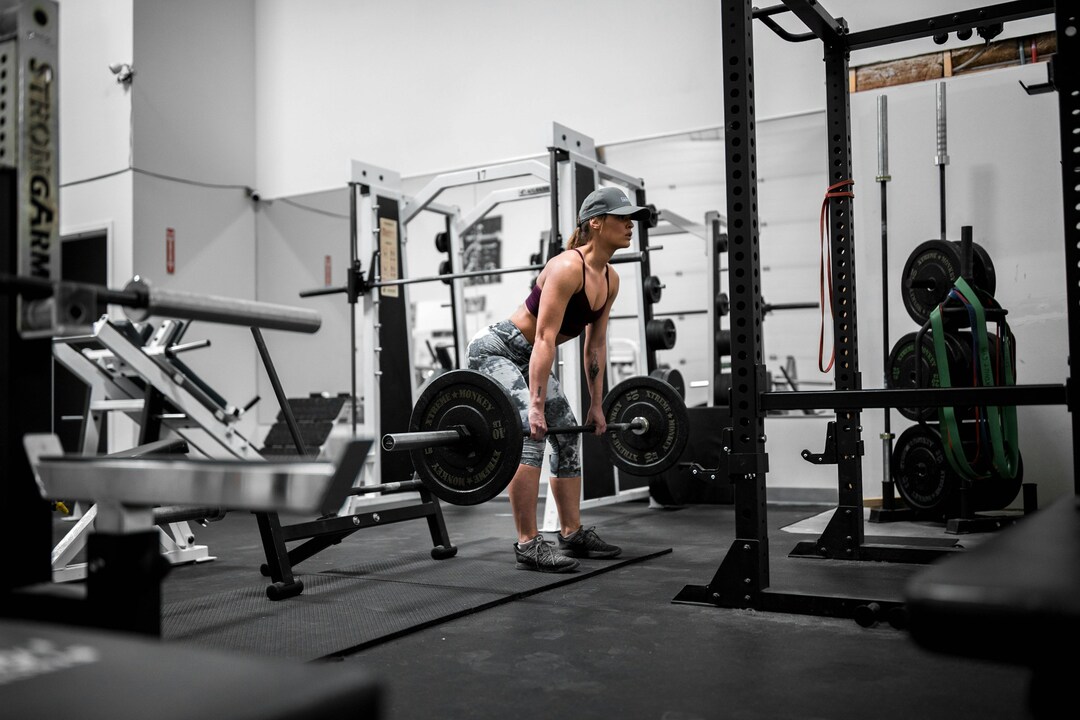
Women need different training, not because they are weaker, but because their bodies respond to load, recovery, and energy availability on a different timetable than most male-focused plans assume. That means programming, pacing, and cues must change so workouts build confidence and progress without burning you out.
How do hormonal cycles change what you actually do this week?
This pattern appears across coaching contexts: energy, soreness tolerance, and perceived exertion shift across the cycle, so a hard session on one day can feel like a brutal slog the next. Treat the cycle as a program variable, not an excuse, by adjusting intensity windows and utilizing autoregulation, which maintains consistent training while reducing missed sessions and mental burnout.
How should we set expectations for strength and measure progress?
After working with beginners, the pattern became clear: comparisons break momentum faster than anything else. According to Women's Health Magazine, men have approximately 30% more muscle mass than women. This difference affects how absolute loads scale between males and females. Therefore, judge progress by relative improvements, movement quality, and functional milestones, rather than by comparing them to someone else’s numbers.
What does calorie burn mean for conditioning and nutrition?
This constraint shows up every time conditioning is shoehorned from mixed programs into women's routines. Women's Health Magazine, 2025, women burn about 5-10% fewer calories than men during exercise, which helps explain why identical cardio work often produces different results. The practical takeaway is straightforward: tailor the interval length and dietary plan to align energy balance with the goal, and utilize resistance training as the metabolic anchor rather than relying on endless steady-state cardio.
Most beginners use one-size-fits-all templates because they are easy and familiar, and that works for a short while. As the volume climbs, though, the hidden cost becomes apparent: chronic fatigue, stalled progress, and quitting. Platforms like GetFit AI close that gap by applying athlete-derived structures that the app adapts conversationally to your cycle, recovery reports, and schedule, automatically reducing volume or shifting intensity when fatigue trends upward, so you progress without guessing.
How can we protect our bones and joints while still building strength?
This first paragraph explains what breaks. Without intentional, progressively loaded, multi-joint work, bone strength and connective tissue adaptation lag behind muscle gains, thereby increasing the long-term risk of injury. Think of bone as a savings account, deposits made with consistent, gradually increasing loads; start with manageable weight and frequency, then increase stimulus in small steps that the body can absorb.
What keeps beginners motivated when the mirror lags behind the barbell?
This pattern appears in coaching: women often lose motivation when they compare short-term shape changes to quick expectations. Shift the emotional frame to focus on function and habit: celebrate a consistent three-week streak, improved sleep, or easier stairs. Those wins compound into real change, keeping people training long enough for strength and body composition to follow.
That common-sense plan sounds tidy, but there is one coaching detail that still trips people up, and it matters more than most realize.
How to Create a Workout Plan for Beginners for Women
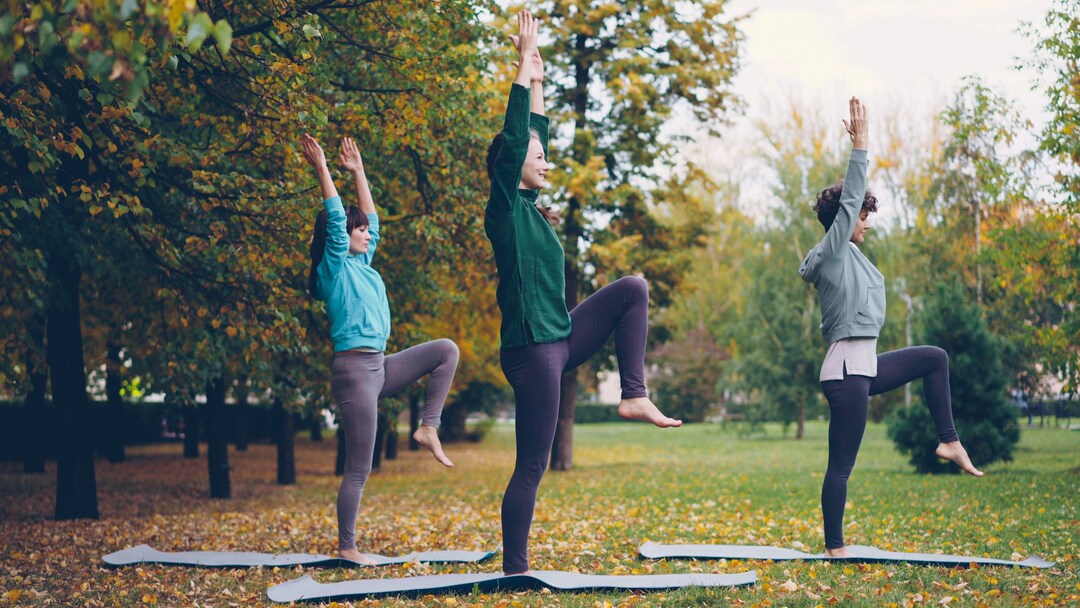
Start with a plan you can actually keep: short, repeatable sessions that pair strength work with a bit of conditioning, clear progress markers, and built-in modifications so every session feels doable. That combination builds confidence fast, reduces decision fatigue, and keeps technique the priority while you add load.
How long should a beginner session be?
Match session length to daily reality, not ideals. According to WodGuru, 30 minutes of exercise per day is recommended for beginners, which sets a pragmatic floor that accommodates busy mornings, commutes, and small children. Thirty focused minutes buys you a warm-up, two to three effective movement blocks, and a short cooldown, and it keeps consistency high because it does not demand heroic time commitments.
What balance of cardio and strength actually works?
Design each week so resistance anchors metabolic function, and short conditioning improves endurance and confidence. According to WodGuru, 60% of women prefer workout plans that include both cardio and strength training. Incorporating brief conditioning circuits into strength days makes the plan both more enjoyable and more likely to stick. Practically, that means a strength-focused block first, followed by a 6- to 12-minute conditioning finisher that you can scale by pace or load.
What movements and progressions do beginners feel most comfortable with?
Prioritize movement patterns, not isolated exercises. Build three simple templates: vertical push and horizontal push, vertical and horizontal pull, and single-leg or loaded-hinge work paired with a core pattern. Start each template with regressions that remove load or reduce range, then add reps, then add load. Use carries, step-ups, incline pushing, TRX-style rows, and tempo-controlled hinging to preserve joints while teaching force production. Think of each progression as a stair: you add one small board at a time so the whole step feels steady.
How do you reduce the anxiety and practical barriers that stop beginners?
After working with beginner cohorts over several months, a clear pattern emerged: anxiety drops when instructions are explicit, options are offered, and environments feel predictable. Offer three cues per movement, a two-level modification (easier/more complicated), and a "quiet time" class option to avoid crowded sessions. Let participants choose their music or tempo, as matching preferences to the workout increases enjoyment and attendance. Those small design choices change behavior more reliably than pep talks.
How should you measure progress without getting overwhelmed?
Replace endless bookkeeping with three simple, repeatable metrics: consistency (sessions completed per fortnight), a movement-quality score you grade on 1 to 5, and a single functional marker like an unloaded-to-loaded carry time or stair-climb ease. Review these every two weeks and celebrate the metric you improved, not the one you did not. That narrows focus and prevents paralysis by data.
What do coaches get wrong when scaling beginner plans?
Coaches often prioritize volume over movement quality and recovery, which can create nagging soreness and hinder motivation. The failure mode is predictable: escalating sets or adding complicated variations before the baseline technique is reliable. The right move is to increase complexity through subtle variables, such as tempo, unilateral load, or session density, so gains compound without compromising form.
Most beginners use rigid templates or a patchwork of videos because those approaches feel familiar and easy to start with. That works at first, but as life and minor injuries introduce variability, plans fragment, cues conflict, and progress stalls. Platforms like GetFit AI offer athlete-derived routines that adapt conversationally to your recent performance, language needs, and schedule, providing alternative movements, auto-scaled intensity, and step-by-step coaching. This allows beginners to keep moving forward without endless guesswork.
Think of program design as building a low, steady set of stairs rather than trying to leap to the top in one go; each small, deliberate step is what keeps you coming back.
That simple strategy surprises most people, but what actually amplifies or erodes those gains is closer to home than you think.
Nutrition Tips for Better Workout Performance
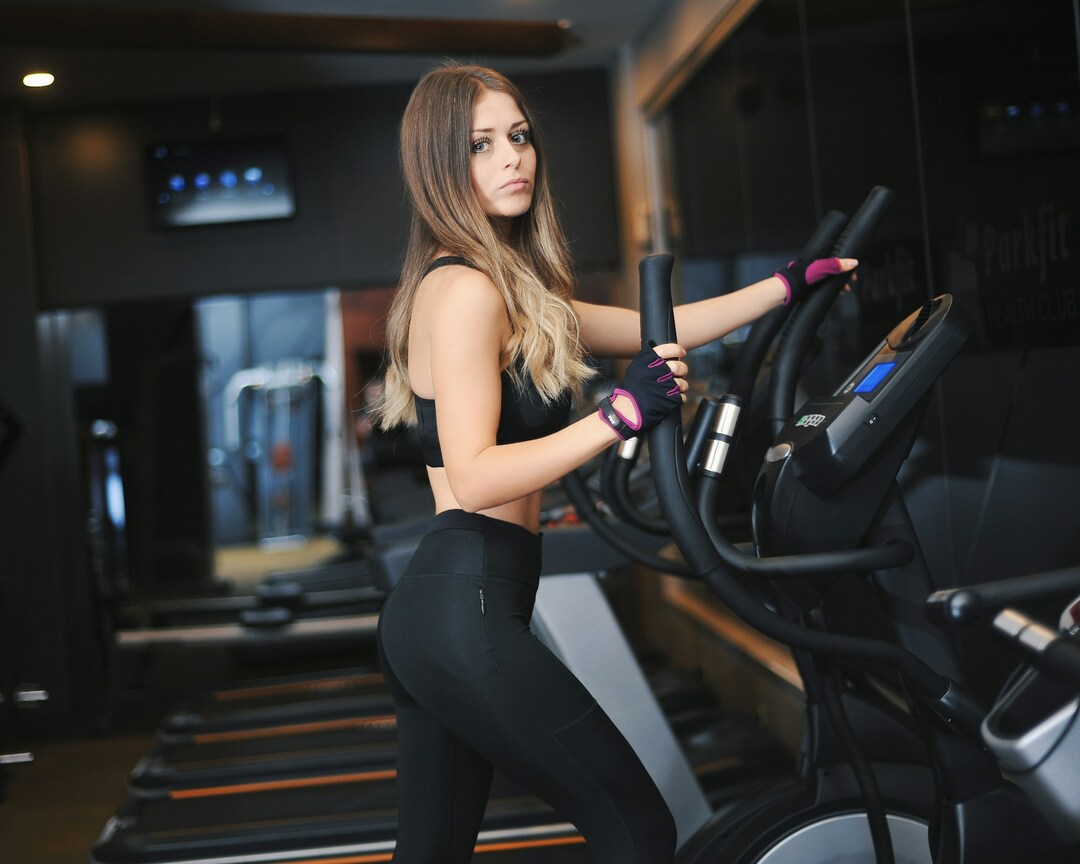
Good fueling sharpens both the workout and the recovery, making the right choices at the correct times keeps energy steady and makes progress feel simpler. Focus less on perfect diets and more on practical windows, small habit swaps, and predictable routines you can actually keep.
What should I eat before a short, morning session?
This pattern appears among early-morning and lunchtime gym-goers: a quick caffeine fix paired with a simple carb is the go-to choice because it is cheap and immediate, but it often backfires as intensity rises. According to Fisiopou, consuming carbohydrates before exercise can improve performance by 20%. Choosing a modest carbohydrate source, such as 30 to 60 minutes before a workout, reliably raises available energy and delays fatigue. Practically, aim for a low-fiber, moderate-protein snack that you tolerate well, such as a small rice cake with nut butter, a homemade oat bar with a touch of honey, or a 6-ounce serving of kefir. Test the timing on lower-effort days until you find what works best for you.
How much and when should I eat after a workout?
The immediate post-session window is crucial because your body is primed for repair, not because you must consume massive meals. Prioritize a mix of 15 to 25 grams of high-quality protein and a portion of carbohydrates within 30 to 90 minutes after finishing, especially after strength training. Swap generic advice for simple templates that beginner schedules tolerate: a turkey and hummus wrap, a smoothie with yogurt and frozen fruit, or cottage cheese with sliced apple. These choices reduce soreness and allow you to return to the next session without wasting calories or time in the recovery process.
How should I manage hydration around training?
If you sweat, your performance changes, so keep fluids steady before, during, and after training. According to Fisiopou, proper hydration can enhance workout performance by up to 15%. Staying hydrated helps maintain strength and focus during sessions. For beginners, a useful habit is to perform a quick body-weight check before and after workouts, and to add a small electrolyte drink for longer or hotter sessions to replace lost salts without overdrinking plain water.
Are quick fixes like candy, caffeine, and creatine okay?
The familiar approach is grabbing whatever gives the most energy quickly, like candy or a strong coffee, because it solves a tight deadline and a tired morning. That works in the short run, but the hidden cost becomes apparent when energy crashes interrupt a ladder set or when stomach upset forces you to reduce intensity. Caffeine does boost alertness and performance when timed 30 to 60 minutes before a session; use it intentionally, not habitually. Creatine is a well-researched, low-risk supplement that supports strength and recovery over time. However, it should be supplemented with a balanced diet first, and a professional consultation is advisable for any medical or medication concerns.
What practical tweaks make these habits stick for beginners?
Pattern recognition tells me small, predictable rules beat perfect spreadsheets. Pack one go-to pre-workout snack and one post-workout option you can prepare in under five minutes. Batch-make portions of mixed nuts and dried fruit, keep a few single-serve protein sachets, and set a single hydration alarm that reminds you to sip throughout the day. These tiny playbooks eliminate decision friction, reduce missed sessions, and protect recovery on busy days.
Most beginners manage fueling by grabbing whatever is handy because it feels familiar and requires no planning. As frequency and intensity increase, that approach fragments progress, causing energy crashes, inconsistent recovery, and avoidable missed sessions. Platforms like GetFit AI step into that gap by offering athlete-derived meal timing prompts, snack swaps tailored to session type, and adaptive hydration reminders that align with your schedule and recent workouts, helping users maintain consistent fueling windows without extra thought.
Think of fueling like charging your phone before a long commute; a little planning prevents the sudden need to scramble for a charger when you need it most.
That simple habit shift helps a lot, but the trickier decisions about how to turn those gains into consistent training results follow.
Related Reading
- Workout Routine For Women
- Full Body Workout For Women
- Workout Plans For Women
- Free Workout Apps For Women
Workout Tips for Female Beginners
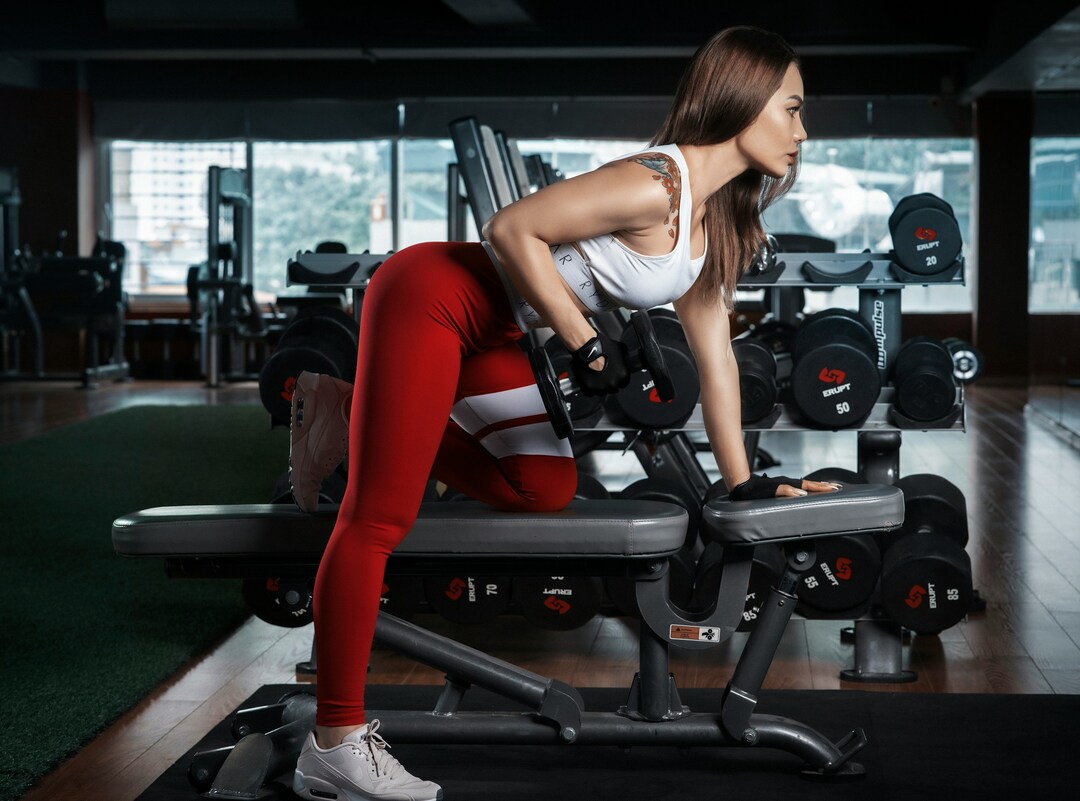
Begin with small, measurable moves that build skill and confidence, not with grand promises. Focus first on a tiny, repeatable practice for each skill you want to develop, then make one minor adjustment every week so that progress is inevitable and not optional.
How do you choose the single proper progression this week?
This is a decision problem more than a training problem. If you feel stuck, identify the weakest link in the movement pattern and focus on adjusting one variable at a time, such as range of motion, tempo, or assistance. The pattern I observe across home and gym contexts is consistent: people tend to stall when they change everything at once. So choose one lever, practise it deliberately for two weeks, log a simple outcome like “assistance band reduced one notch” or “five more seconds of controlled descent,” and treat that micro-win as the unit of progress.
What’s a practical rule for practicing a skill without burning out?
Treat skill practice like short drills that fit around life, not extra workouts. Do focused technical sets of 3 to 5 minutes after a warm-up, three times per week, then stop. For example, spend 3 minutes doing slow negatives toward a pull-up, or 3 minutes of incline push-up clusters at a controlled tempo. That low-dose repetition builds motor control and confidence, and because it is tiny, you keep showing up.
How can beginners effectively manage conditioning and daily activity to maintain training momentum?
Using low-friction daily goals that support energy balance and recovery, aiming for 10,000 steps a day can help maintain a healthy weight. This BetterMe data from 2023 reminds us that consistent low-intensity movement stabilizes appetite and mood, so short walks or frequent breaks from sitting are not optional extras; they are essential behavior hacks that protect your training habit.
Which minimal strength frequency actually moves the needle?
You do not need to go to the gym to build measurable muscle. Strength training twice a week can increase muscle mass by 25%, according to BetterMe. Put plainly, two well-structured full-body sessions a week, focused on compound movements and progressive, incremental increases, produce real tissue change while leaving room for recovery and life.
What do you track when you are short on time and motivation?
Replace exhaustive logs with three simple trackers: session completion rate over two weeks, one technical marker (for example, assisted-chin assistance level or controlled negative time), and perceived effort on a 1 to 10 scale. When we coached beginners over several months, the most noticeable behavior change occurred when we celebrated the technical marker, rather than the scale. Those wins turned hesitation into momentum.
How do you modify callisthenic goals if you have limited equipment or extra body weight?
Use regressions and intensity control as your scaling toolbox. If a strict pull-up is out of reach, prioritize controlled eccentric repetitions, incline pulling, and band-assisted sets that reduce load by measurable increments. Practice the negative slowly for 3 to 6 reps, twice a week, and pair that with daily low-load isometrics to build connective tissue tolerance. Think of progression as lowering resistance in fixed steps, like moving from a heavy band to a lighter band, not leaping to the whole movement overnight.
Status quo, the hidden cost, and a better bridge
Most beginners stitch together videos or random programs because it feels flexible and low-commitment. That familiar approach works for a few weeks, but as small constraints accumulate, inconsistent cues, incompatible progressions, and unclear scaling confidence erode, and minor injuries or plateaus appear. Platforms like GetFit AI provide athlete-derived routines that adapt to equipment, time, and recent performance, offering targeted regressions, band-tension guidance, and micro-progression plans so you preserve momentum without guessing.
What simple habit makes technical practice stick?
Pair practice with an existing daily ritual. Attach your three-minute drill to teeth-brushing, coffee, or a work break. Habit-stacking reduces friction. I use a practical analogy: skill work is like sharpening a knife; five strokes each day keep it usable, while a single long session once a month leaves you blunt and discouraged. Short, consistent tuning beats sporadic extremes every time.
That solution feels hopeful, but the part that changes everything is what comes next.
Make Your Favorite Athlete Your Fitness Trainer | Try GetFit AI's AI Trainer App for Free Today
We know wanting to train like champions can feel distant, so consider GetFit AI for beginner-friendly, athlete-derived coaching that meets you where you are and scales your progress without guesswork. Join a growing community with over 10,000 workouts completed using GetFit AI, and 90% of users reported improved fitness levels within 3 months.
Related Reading
- Ab Workout Women
- Arms Workout for Women
- Hiit Workout Women
- Lower Abs Workout for Women




.png)











